table of contents:
Are you tired of sewing machines that fail as soon as they come into contact with leather or thick denim? Between their unpredictable durability and slow sewing speed, choosing a professional sewing machine quickly becomes a real headache.
This article reveals the secrets to finding that rare gem: we compare flagship models like the Juki HZL-80H or the Elna Excellence 580+ , we decipher the pitfalls to avoid and we tell you everything about the maintenance that extends the life of your metal ally. Ready to go pro mode?
The key features of a professional sewing machine
Robustness and durability
Forget plastic cases that crack at the first pair of thick jeans. Professionals rely on metal frames and hardened steel gears. These workhorses can handle 8 hours of daily work without flinching, whereas home models give up the ghost after 2 hours. Their secret? A professional sewing machine with oversized motors and machined parts to withstand 1,000 stitches per minute.
Speed makes all the difference. A Janome Skyline S6 AE at 1000 stitches/min is 4x faster than a family machine . It can maintain this pace over marathon sessions, thanks to its integrated cooling system. For shops that are constantly churning out orders, this is the guarantee of never keeping customers waiting.
|
Brands |
Cost-increasing factors |
|
Elna |
Specificity of mechanisms and |
|
Janome |
Patented Engineering and Systems |
|
Juki |
Industrial specialization and intensive pace |
Triple feed is a game-changer for thick leathers. This technology holds the layers of material together from the top, bottom, and sides. No more unwanted slippage when sewing full-grain leather bags. A true revolution for any professional sewing machine dedicated to leather goods.
Technical performances
35 basic stitches are enough for 90% of professional needs. The trick? Ultra-precise settings rather than an endless list of gimmicky programs. The JUKI HZL-DX3 proves that you can chain together perfect hems and decorative topstitching with several key functions mastered.
The real test? Sewing 17 layers of denim without breaking any needles. Professionals use 110/18 needles and activate the adjustable presser foot lift. The result: straight seams on everything from motorcycle jackets to truck covers. Impossible to achieve without a professional sewing machine designed to handle this level of demands.
Thread tension becomes child's play with the graduated dials . One turn to the left for stretch fabrics, two notches to the right for PVC tarpaulins . The high-end models add a digital indicator, no more failures on silk crepe!
Customize your arsenal with specialty feet: hemmer guides, Teflon soles for leather, or gathering tips. These accessories transform a professional sewing machine into a truly custom-made tool.

Ergonomics and maintenance
Allow at least 1m² to comfortably set up your professional machine . Height-adjustable tables save your back during long sessions. A pro tip? Place the machine on silent blocks to reduce vibrations. If you're moving from a beginner's sewing machine to a professional model, gradually adapt your workspace to improve comfort and precision.
Clean the shuttles and feed dogs after each roll of thread. A tip: use a brush reserved for this purpose and food-grade oil. For a professional sewing machine , mechanics recommend a complete overhaul every 150,000 stitches, or about 6 months of sustained activity.
Recurring breakdowns often indicate poor maintenance. Difficult threading? Check the condition of the spool cap and the cleanliness of the thread guides. Professionals always keep a new set of tension springs on hand for emergency repairs.
How to choose your professional sewing machine?
Important selection criteria
Start by measuring your current production time. Do you need 50 hems/hour or just 10 unique pieces/day? Determine your needs and choose the model that suits you from our collection .
Above all, check the compatibility of the presser feet. Some models require expensive adapters. A refurbished professional sewing machine from an authorized dealer, like our store, offers savings of up to 40%, with a warranty included.
The pro tip? Choose a machine that supports 130/705H needles if you already have one in stock. For tight budgets, leasing allows you to get new equipment with maintenance included.

Top models on the market
Our favorite selection for different professional needs:
- Janome DC7100 with 100 utility and decorative stitches, an automatic buttonhole and a clear LCD display.
- Juki HZL-353 ZR with 21 built-in stitches for a flawless finish, automatic needle threader and four-step buttonhole.
- Elna Explore 240S with 23 built-in stitches, adjustable stitch width up to 5 mm and 4-step buttonhole.
As our in-depth review confirms, the Janome DC7100 is one of the queens of intensive workshops with its legendary reliability.
Budget and financing solutions
Expect to pay at least €1,500 for a serious entry-level machine. Experienced professionals invest €2,000-3,000 in workhorses like the JUKI HZL-UX8 . A good deal: some regions subsidize the purchase of professional sewing machine equipment by up to 30%. Leasing with an option to purchase allows you to spread your expenses over 36 months.
Concrete example : a 5-person workshop opts for three used machines at €2,000 each. With a €150/month maintenance contract, they save 45% compared to new machines. Their secret? Buying off-season from suppliers who replenish their inventory.
Mistakes to absolutely avoid
The traps that burn your budget in no time:
- Unsuitable needles : risk of irregular stitches and damage to the mechanism
- Poor quality wire : repeated cuts and premature wear of components
- Overworking entry-level machines : motor overheating and desynchronization
- Incorrect tension setting : unbalanced seams and loss of professional quality
A word of advice : always test a used sewing machine with your usual fabric. Check the hook for wear and the smoothness of the needle movement before purchasing. On our site, you'll find brand-new machines with the best guarantees.

Practical questions
Installation and configuration
Getting started for the first time? Plug your professional sewing machine into a dedicated 220V outlet—pro models draw up to 750W peak power. No need for extensive training: 2 hours with a technician is enough to master the basics. The key setting? Thread tension: test on a piece of fabric with two different colored threads. If the underside is dominant, tighten the dial one notch.
For apartment workshops, rubber dampers under the table reduce noise by 70%. A smart investment at €30 that protects your neighbors—and your eardrums!
Optimization of use
Save 20% time with a pro tip: position your bobbins and tools. For a professional sewing machine , grease the moving parts every 10 hours of use with a high-viscosity oil. Your back will thank you for setting the table to 73cm, the ideal height for sewing for 8 hours without aches and pains.
Store 110/18 needles in magnetic boxes and polyester threads in waterproof containers. A military-style organization that halves the time wasted searching for equipment.
Stainless robustness, tailor-made technical performance, and simplified maintenance: this is what defines a professional sewing machine worthy of your ambitions. Now that you know how to avoid pitfalls and prioritize key criteria, all that's left is to choose your ideal sewing partner. Your next projects deserve this qualitative leap, and your workshop awaits nothing more than the satisfied purr of a high-performance motor.
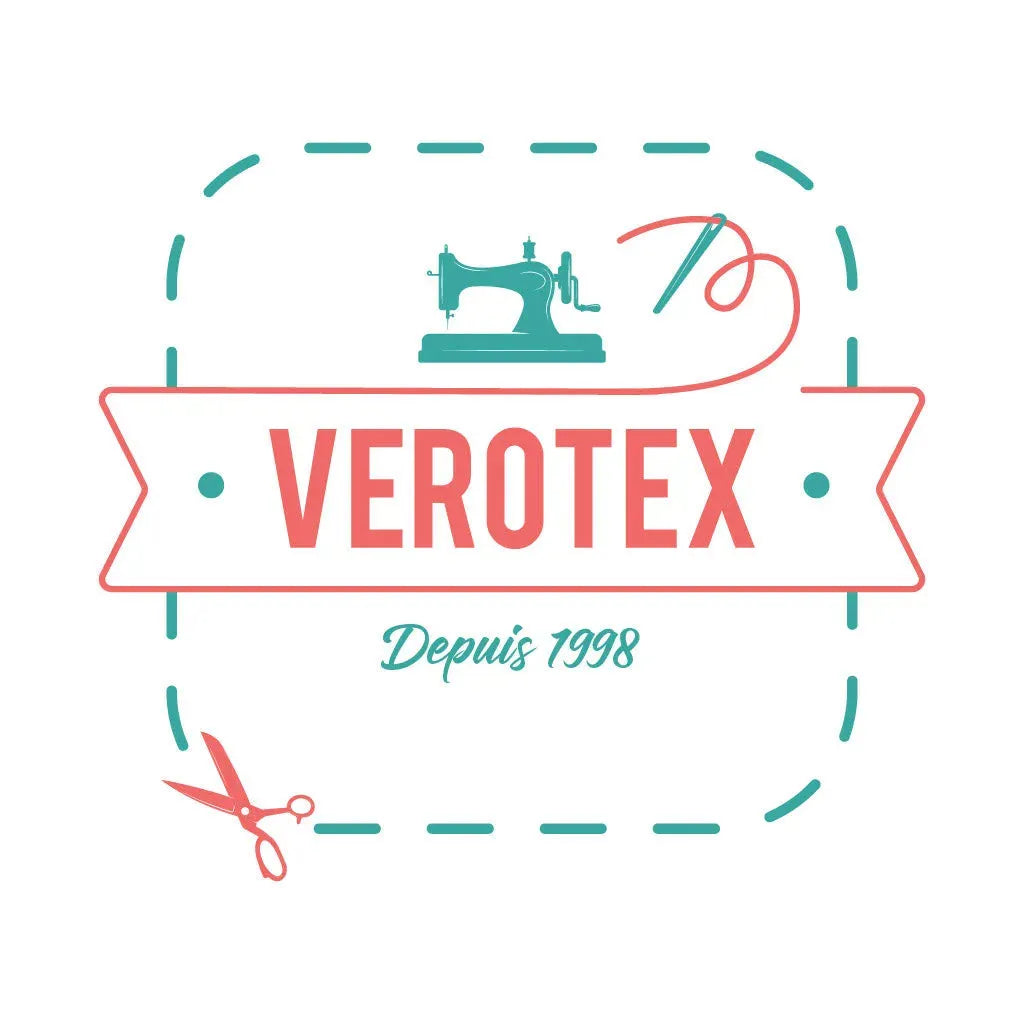
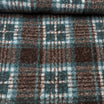

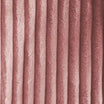

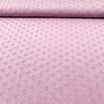
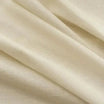
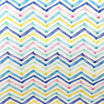
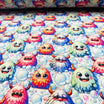
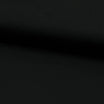
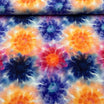
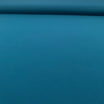
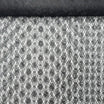
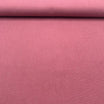
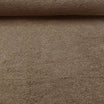

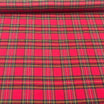
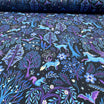
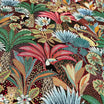

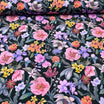
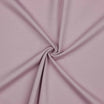
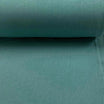
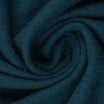
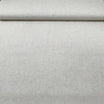
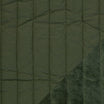
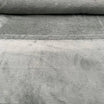
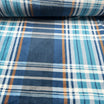

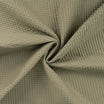





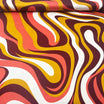


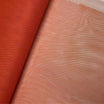

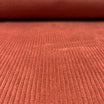
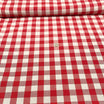
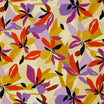
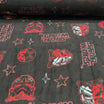

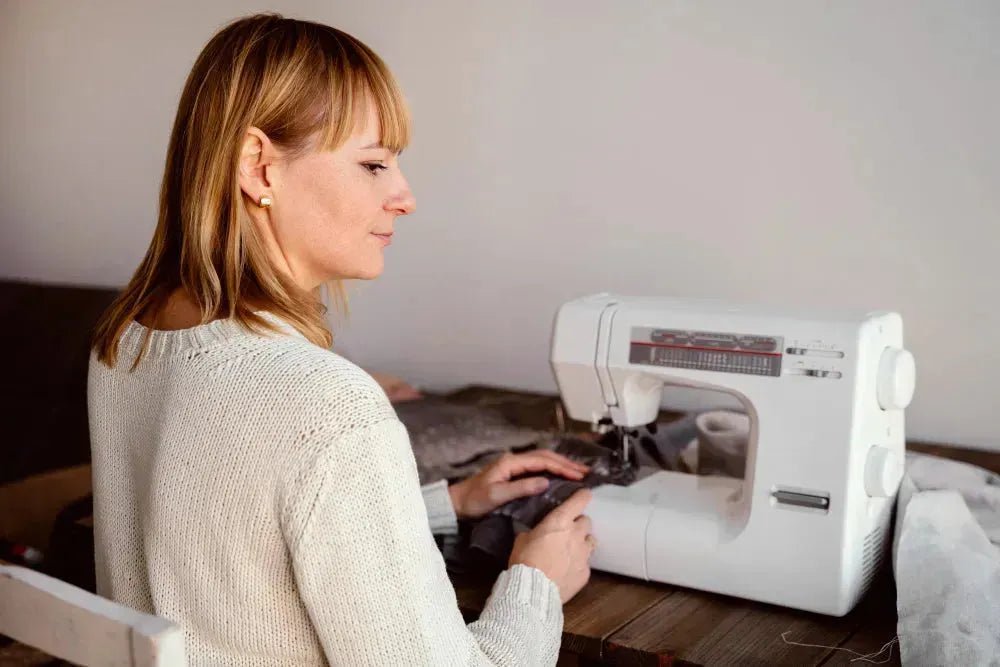
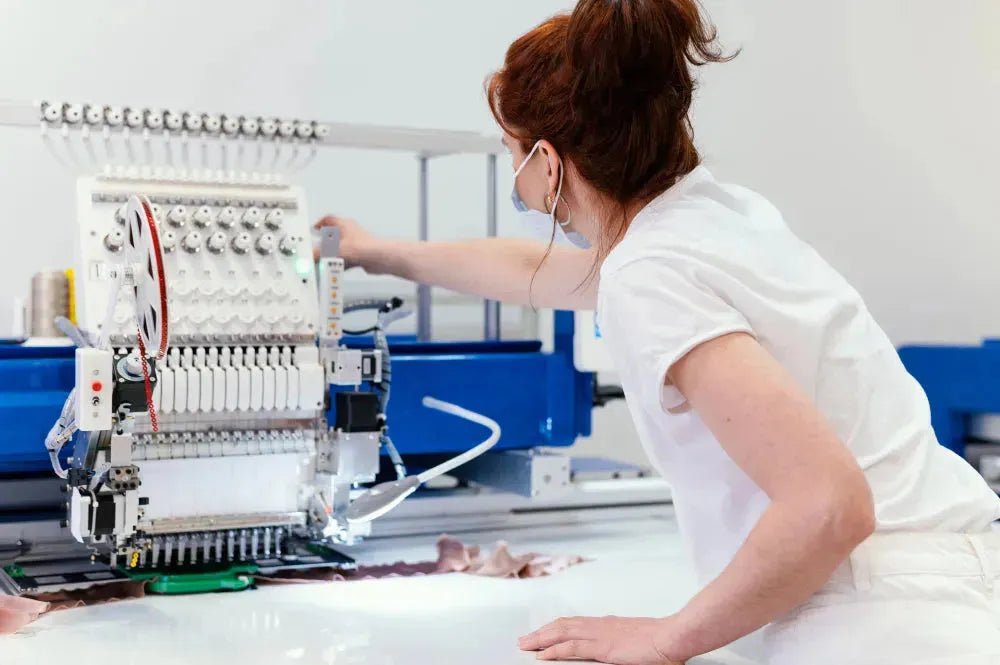
Leave a comment
All comments are moderated before being published.
This site is protected by hCaptcha and the hCaptcha Privacy Policy and Terms of Service apply.